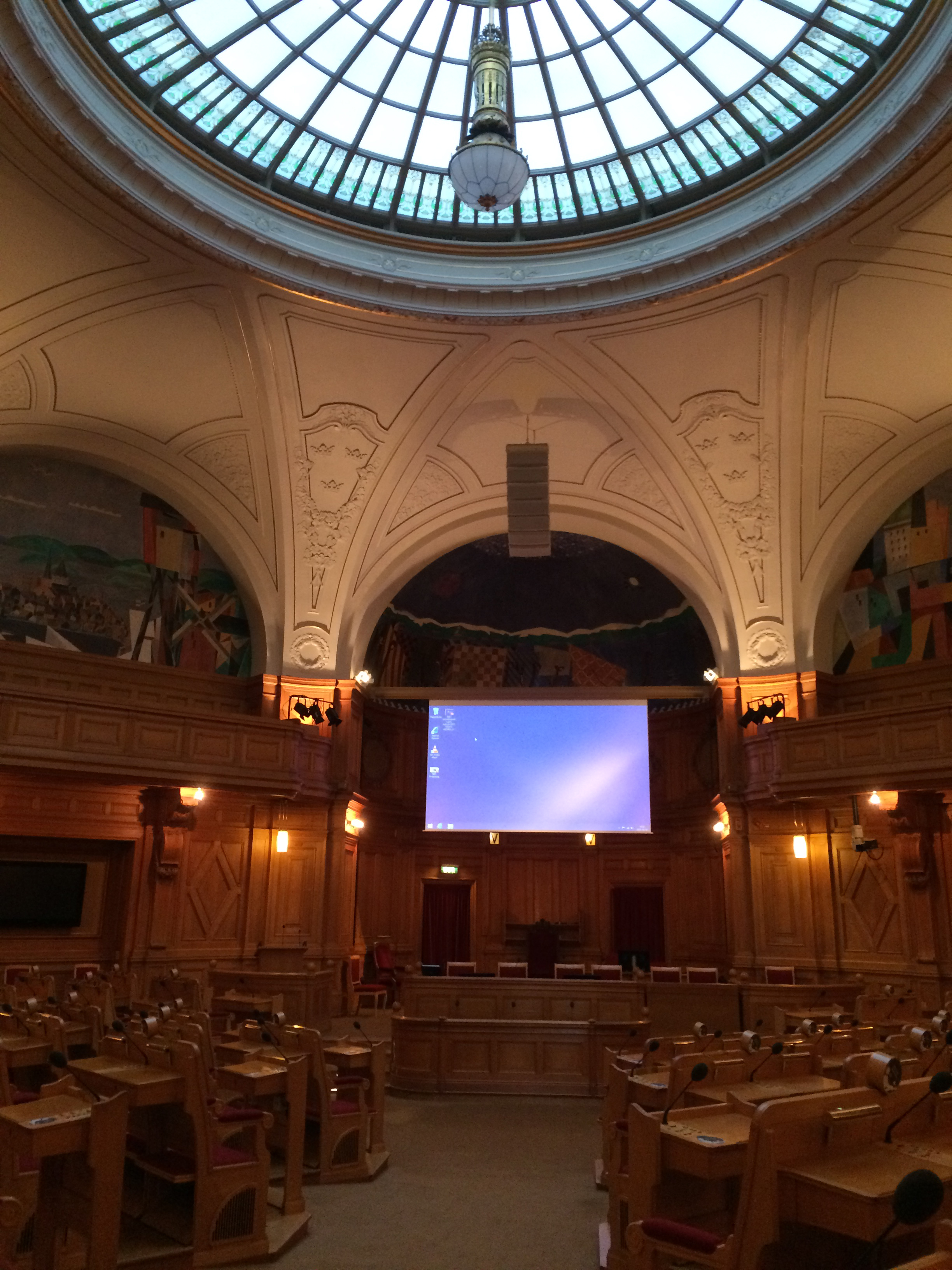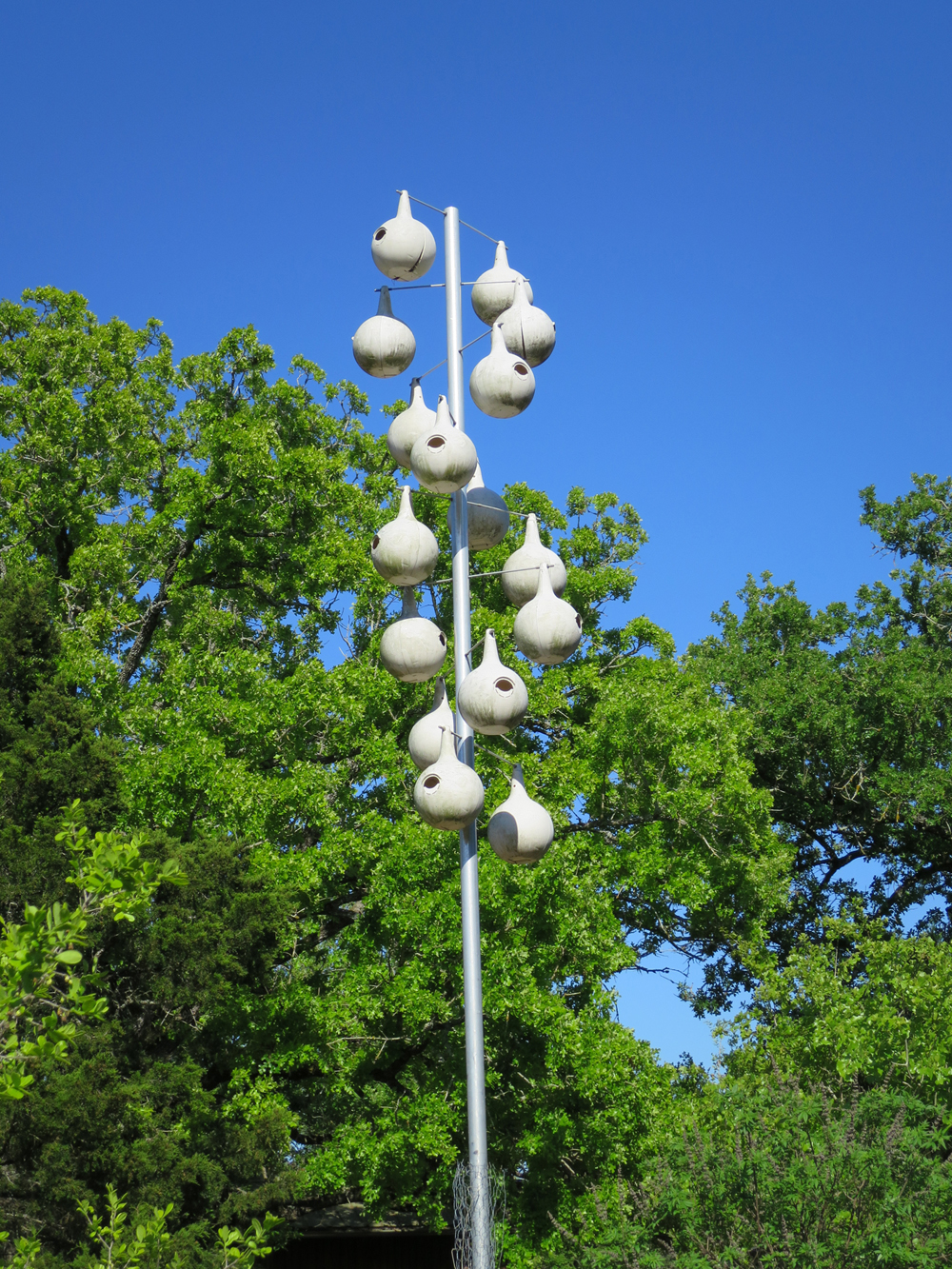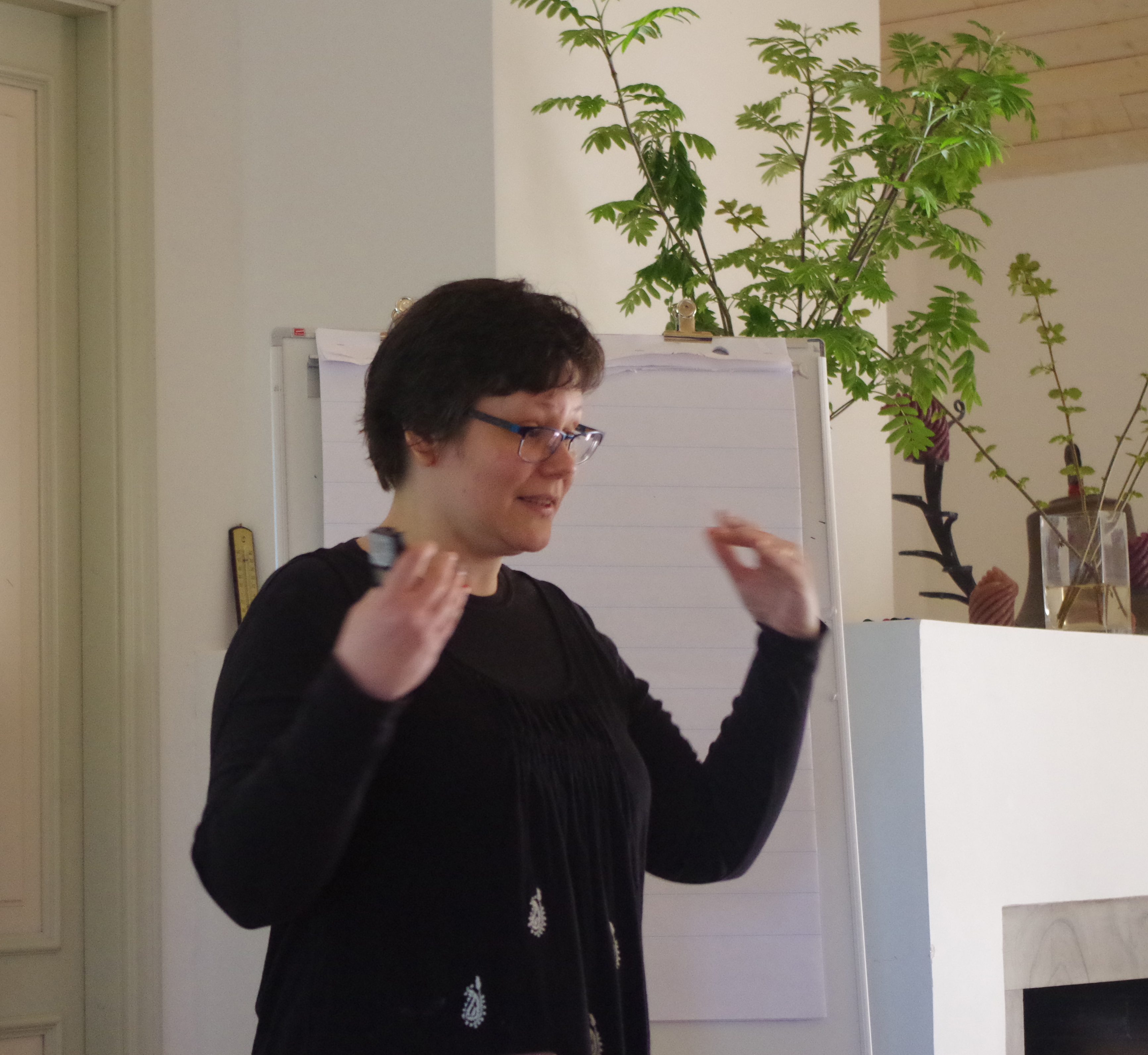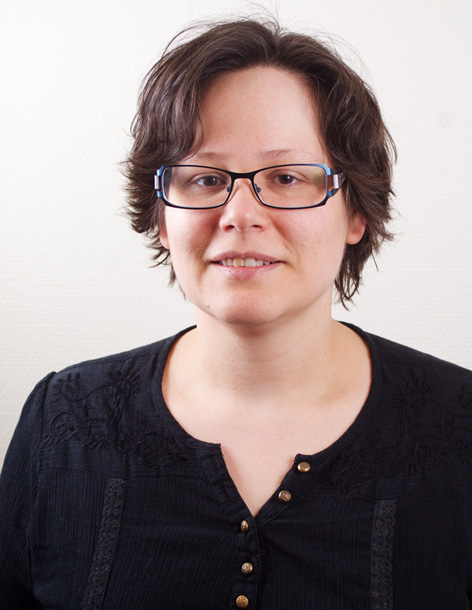academia
-
My new place for stories
This January (2017) will mark four full years of writing on this research blog. When I started the blog, I wasn’t really sure what it was for. Was it for ‘public’ dissemination of results? Scholarly discussion? Visibility for my work? I’m not sure that I can answer those questions even now four years later. But what I do know is that writing on this blog has changed the way I do research. I have now published an article about the transformations in my research process spurred on by the digital medium you are reading. My article “A new place for stories: Blogging as an environmental history research tool” appears in the book Methodological Challenges…
-
A non-specialist specialist
This week I’m at the 12th European Multicolloquium of Parasitology (EMOP XII) in Turku, Finland. Why, you might ask, am I at a conference about parasites? I am not by any stretch a parasite specialist like the rest of the attendees. But I was asked to give a plenary speech in spite of, or even more correctly because of, my background. I think how this came about can be instructive for environmental historians so I’ll tell you the story.
-
Animal history at ASEH 2016
Last week I was at the American Society for Environmental History (ASEH) meeting in Seattle, Washington. I took part in two sessions on animal history that I wanted to reflect on here. The first was a roundtable “Animal History: Opportunities, Problems, Controversies, Politics”. The session was put together by Susan Nance (University of Guelph) to highlight some of the approaches and questions brought out in her edited volume The Historical Animal (Syracuse University Press, 2015). The panelists had all contributed to the volume: Susan who wrote the introduction; Zeb Tortorici (New York University) who reflected on animal bodies in Mexican archival sources; an interdisciplinary team of Charles Gunnels IV and…
-
The gifts of 2015
It’s the end of the year and time for reflections over this blog and my research year. Since it is Christmas time and I can’t count how many times I’ve heard various versions of “The Twelve Days of Christmas”, I let the song inspire this wrap-up. On the 1st day of Christmas my research gave to me: A starling in a blooming tree In June I posted about Rachel Carson’s essay “How About Citizenship Papers for the Starling?” which postulated that the European starling is a fully integrated American bird. The starling is a great case for thinking about belonging rather than native/non-native labels as a key element of human/non-human relations.…
-
Change, history, and a talk before Parliament
Today I had the opportunity to speak before a group of parliamentary representatives and researchers on the topic of the environmental humanities at Riksdagen, the Swedish parliament. The event, put on by the Sällskapet Riksdagsledamöter och Forskare (RIFO), featured presentations by four Swedish researchers: an environmental scientist, an environmental philosopher, a professor of gender studies, and me as the environmental historian. The description of the event stressed the Anthropocene as a new era and asked us to consider what humanities research could contribute to new modes of thinking. My talk was titled “History for a Sustainable Future” — a title I unabashedly borrowed from fellow environmental historian Michael Egan who has a…
-
Opening up the source box
This week I was at the graduate seminar “Animals in Transdisciplinary Environmental History” held in Tuuru Village, Läänemaa, Estonia. The three-day event brought together a wide variety of PhD students and recent graduates working on animals based in disciplines we could categorise as environmental humanities: historians, semioticians, ethnographers, anthropologists, archeologists, cultural geographers, and literary scholars. The big goal of the seminar was to expose the students to the various approaches to ‘historical’ work from all of these different starting points. In the closing sessions which included reflections on the seminar, I remarked that each student’s work had been very solidly grounded in their ‘home’ discipline, particularly when it came to source choices. The…
-
My university blogger posts
My official two-weeks as Umeå University blogger has come to end. I will still be able to post things there, and may take the opportunity to do so for things related to general academia rather than my specific research project. I wanted to take this opportunity to summarise what I posted there. 1. Two kinds of interdisciplinarity. Interdisciplinarity can be a team effort where different team members each contribute from their specific discipline or an individual effort where an individual (like an environmental historian) crosses boundaries within his/her own research. 2. Publication truths. I share 10 “truths” about publishing from my experience in an interdisciplinary position crossing between natural science and…
-
Working together
** Originally posted on Umeå University Forskarbloggen ** Publishing in both the natural sciences and history has revealed to me that the two publishing cultures have some fundamental differences. One of the things I did not touch on in my previous discussion of publishing differences, but want to take up here, is collaboration and co-authorship. Collaboration is in its most basic form working together to accomplish a task. In the ecology department where I work, most people equate collaboration with co-authorship. If someone ‘works’ on the production of a paper, he/she will be a co-author. Of course, nothing is so simple. First, there are exclusions: for example, someone collecting field data or…
-
Publication truths
** Originally posted on Umeå University Forskarbloggen ** Publication is the bread and better of scholarship. Funders, university administration, department chairs, and fellow scholars expect—and even demand—that academics publish their findings in respectable, acceptable scholarly forms. What I’ve figured out being a historian in an ecology department is that what counts as respectable and acceptable varies greatly by discipline. I’m writing here with a fair amount of publishing experience under my belt. I have published articles in both history journals like Technology & Culture and Journal of Urban History and natural science journals including Frontiers in Ecology & Environment and Restoration Ecology. I have published an edited collection of history articles (New Natures) and have another forthcoming…
-
University blogger
For the next two weeks, I am going to be blogging on the research blog for Umeå University where I work. I’m in an interesting position as an environmental historian employed in a natural sciences faculty, so I want to spend my time as the university blogger reflecting on the challenges and opportunities that come with my type of interdisciplinary. I want to stress that the synergies that result from bridging the humanities and natural sciences can help us better understand complex environmental issues today and how we can address them for the future. I’ll be cross-posting my UmU blog posts on this blog, since the Return of Native Nordic Fauna…








